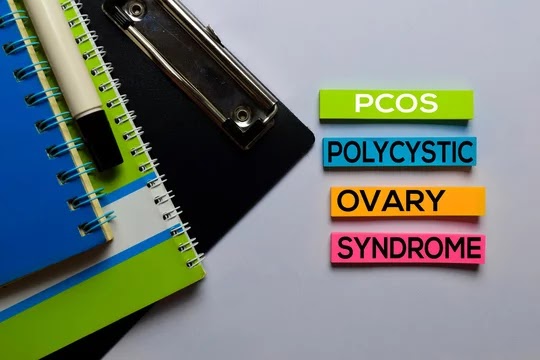What is a Pacemaker? Chandan Hospital Lucknow
A pacemaker is a small device that's placed (implanted) in the chest to help control the heartbeat. It's used to prevent the heart from beating too slowly.
What are
the signs you might need a Pacemaker needed?
The need
for a pacemaker arises when the patient experiences the following symptoms:
·
you feel extremely fatigued
·
you frequently get lightheaded or dizzy
·
you fainted, but you don't know why
·
you have palpitations or an intense pounding in your chest
·
you have chest pain
·
you are short of breath or have difficulty breathing
The most common reason people may need a pacemaker is when their heart beats too slowly, or it pauses, causing fainting spells or other symptoms. In some cases, the pacemaker may also be used to prevent or treat a heartbeat that is too fast or irregular.
Pacemakers and ICDs generally last 5 to 7 years or longer, depending on usage and the type of device. In most cases, you can lead a normal life with an ICD.
Types of
a Pacemaker Installation:
Depending
on the type of pacemaker used, you’ll undergo a catheter-based, vein-based, or
surgical-based approach. Advances in surgical knowledge mean these procedures
have been refined (improved). The goal is to help you feel less pain, recover
faster and get back to your life sooner.
- Catheter-based approach: A specialist inserts a
catheter (a tube-like device) into an artery (usually near your groin) and
threads it up to your heart. Once inside, it’s attached to the wall of
your heart.
·
Transvenous (through a vein) approach: A specialist makes a small incision to access
a vein near your heart. This is usually a vein that runs underneath your
collarbone, to your arm, or to your neck. Using fluoroscopy (a type of X-ray),
the specialist threads the lead(s) (wires) through the vein and attaches them
to a point on your heart. The lead(s) will then be attached to the pacemaker
device itself, which is placed into a small “pocket” under the skin of your
upper chest.
- Surgical (epicardial) approach: A surgeon creates a
small incision in your chest and inserts the lead(s) through that
incision, and then attaches the lead(s) to your heart. The surgeon then
connects the lead(s) to the pacemaker. The pacemaker is inserted into a
“pocket” under the skin of your abdomen.
Catheter-based procedures take about an hour or less. The transvenous and surgical-based approaches take between two and five hours. Your healthcare provider will explain which is best for you.
Benefits of using a Pacemaker:
By keeping your heart from beating too slowly, pacemakers can treat symptoms like fatigue, lightheadedness, and fainting. Your pacemaker can allow you to get back to a more active lifestyle by automatically adjusting your heart rate to match your level of activity. It can also help in saving your life by preventing the heart from stopping.
Risks
associated with using a Pacemaker:
Infection near the site in the heart where the device is implanted. Swelling, bruising, or bleeding at the pacemaker site, especially if you take blood thinners. Blood clots (thromboembolism) near the pacemaker site. Damage to blood vessels or nerves near the pacemaker.
How to
manage High Blood Pressure?
1.
Lose the extra weight as it can trigger high BP
2.
Exercise regularly
3.
Eat a healthy diet
4.
Reduce sodium in your diet
5.
Limit the amount of alcohol you drink
6.
Quit smoking
7.
Cut back on caffeine
8.
Reduce your stress
9.
Monitor BP regularly
10. Get a doctor’s advice
Diuretics,
sometimes called water pills, are medications that help your kidneys eliminate
sodium and water from the body. These drugs are often the first medications
tried to treat high blood pressure.
Best Cancer Hospital In Lucknow Best Cardiac Hospital In Lucknow Best Multispeciality Hospital in Lucknow Best Nephrology Hospital In Lucknow Multispeciality hospital in Lucknow
.png)



Comments
Post a Comment